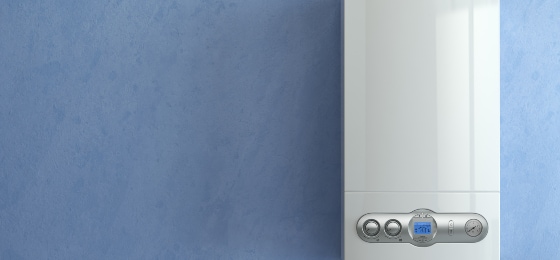Why the liquid fuel heating standard was overhauled to reflect today’s environmental concerns

The burning of liquid fuels for heating has become an environmentally sensitive issue. As a result, changes have been made to one of the core guidance standards in this area, as this blog post explains.
BSI first produced recommendations on liquid fuel firing installations in the early 1960s. We subsequently launched BS 5410 on liquid fuel heating systems in 1977. Even then, the standard was in three parts. Part 2 is on non-domestic installations and Part 3 on installations for furnaces, kilns, ovens, oil-fuelled generators and other industrial purposes. All three standards have been revised regularly, with parts 2 and 3 having their most recent revisions in 2018 and 2016 respectively. Part 1, meanwhile, was last revised in 2014, so came up for its five-year review last year, at which point it was decided the standard had to change again. This has resulted in the recent publication of BS 5410-1:2019 Code of practice for liquid fuel firing - Part 1: Installations for space heating and hot water supply purposes for domestic buildings.
What does the standard do?
BS 5410-1 gives best practice recommendations on dealing with space heating and hot water supply installations in people’s homes. The standard supplies recommendations and guidance on the design, installation, commissioning and maintenance of installations which burn liquid fuels for space heating and hot water. It also offers advice on how to choose and install the liquid fuel storage tanks which are a necessary component of these types of system, covering tanks up to a capacity of 3,500 litres.
The standard can also be applied to liquid fuel-fired cookers if they’re connected to flues and to installations burning liquid fuel conforming to BS 2869, including biofuels conforming to BS EN 14214 and blends thereof. What the standard doesn’t do, however, is touch on liquid fuel-fired systems for marine and transportable installations, or for fuel less heaters like the gel fires covered in BS EN 16647 or stand-alone paraffin heaters.
A reflection of changing times
So what’s new? First of all, and fundamentally, BS 5410 used to be considered a manufacturing standard, and therefore the committee responsible was in BSI’s Manufacturing standards sector. The first decision taken on the latest revision was that the standard no longer sat comfortably in Manufacturing because, essentially, it’s about the burning of liquid fuels, hydrocarbons and oil. These have environmental impacts and sensitivities, so responsibility for the standard has been transferred to a committee in BSI’s Sustainability sector.
The next decision followed on from the first. The standard had been called: “Code of practice for oil firing. Installations up to 45 kW output capacity for space heating and hot water supply purposes”. With the transfer into Sustainability, a new title was sought. The committee agreed on: “Code of practice for liquid fuel firing - Part 1: Installations for space heating and hot water supply purposes for domestic buildings” as being a more accurate and contemporary reflection of what the standard now covered.
The standard then had to undergo some restructuring to bring it into line with the revised structures found in parts 2 and 3 after their recent revisions.
Finally, it had to embrace and reflect technical and marketplace changes to what is possible in liquid fuel-fired heating today. This has led to condensing boilers and boilers which burn biofuels now being included in the 2019 standard.
It’s hoped that these revisions have sharpened and improved the standard, making it more relevant to today’s marketplace needs. But of course the standard will be reviewed again within five years to make sure that it’s still helping the liquid fuel-fired heating sector deliver safe and efficient products to consumers.



